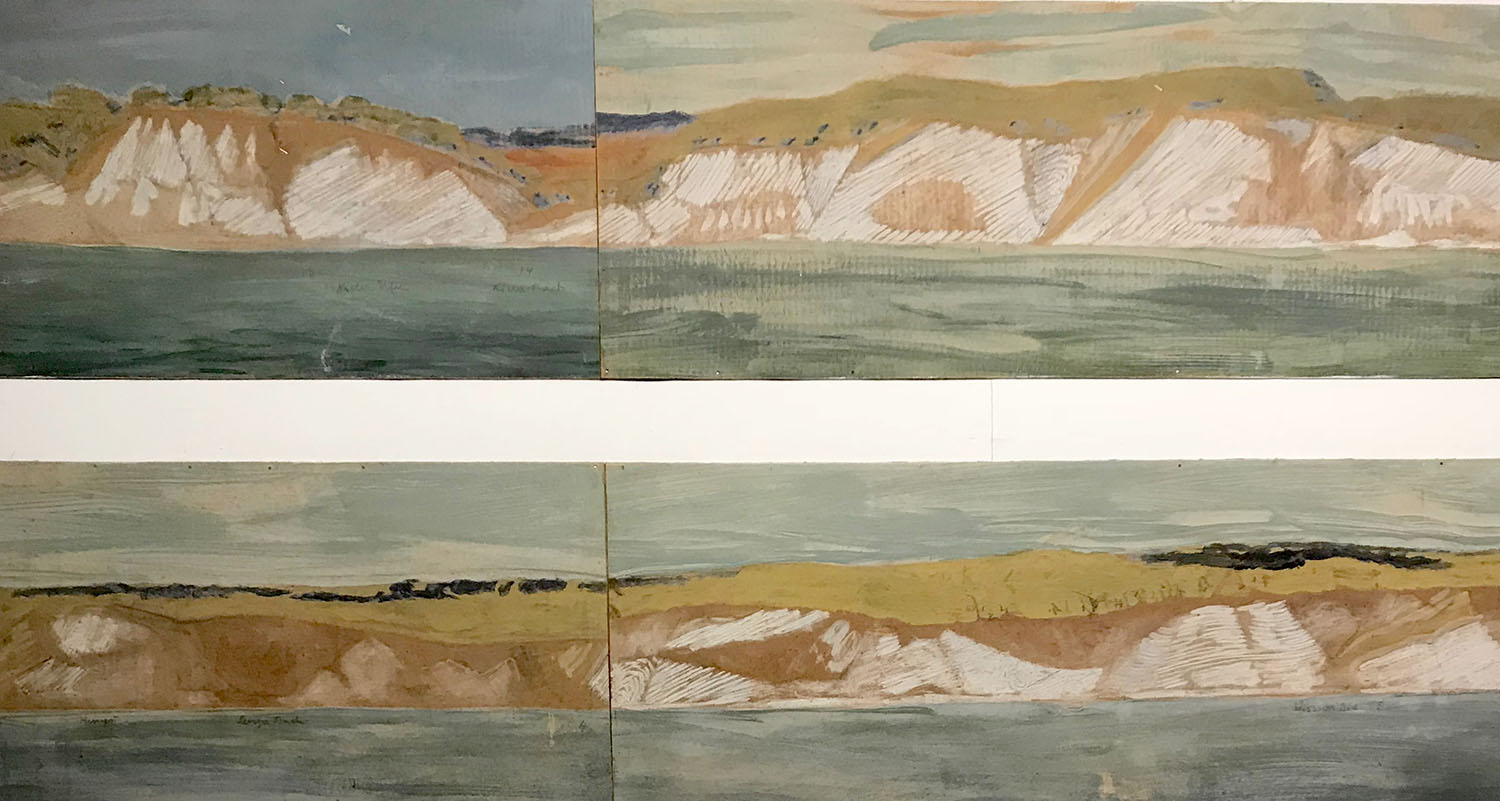Call for Papers: Grounding the Arts: Crossing the History of Art with the History of Earth Sciences (Lyon, 23-28 June 2024; Deadline 15 September 2023)
11 september 2023
In 1597, Agostino del Riccio wrote in his Istoria delle pietre, “why do we visit Rome and Florence and other cities if it is not to see stones reduced to good shapes?” He thus expressed the link that has always existed between materials from the Earth and artistic creation. This link puts into question the relationship between the natural and the artificial, materials and crafts.
The universe of geological materials has never ceased to nourish artistic creativity, from crushed pigments to marbles and stones used in architecture and sculpture. Fossils also take part in this myriad of materials, from the fossil teeth of sharks used by medieval artists in the making of medicinal idols to the sculptures that are the skeletons of dinosaurs exhibited in museums of natural history. As recent scholarship has shown, this richness of materials has given rise to a whole world of symbols, which manifests itself in the history of collections at least since the Wunderkammern of the modern period.
Standing at the crossroads of science, art and heritage, rocks, minerals and fossils constitute a strategic resource for research and creation. Since the 19th century, advances in Earth sciences, and especially paleontology, have inspired many artists and led to the creation of spectacular sculptures and paintings representing the Earth’s deep past. Beyond an artistic creativity directly serving the Earth sciences, the fascination for geological curiosities continues to guide artists and writers in their aesthetic quests, from the surrealist writings of Roger Caillois to the photographs of Hiroshi Sugimoto, who recognizes fossils as the natural precursor of photography.
The session will explore the geological universe that underlies the world of creation and foster a collective reflection on interdisciplinarity. The session aims to bring together approaches stemming in particular from the history of collections, the history of Earth sciences and the history of art with the aim of developing a “terrestrial” approach to artworks centered on the materiality of the works and their links with the evolution of knowledge about the Earth and its history. We want to explore as many avenues of research as possible over a chronology extending from early modernity (15th-17th centuries) to the present day. We will organize the session (approximately 180 minutes) around different themes which will then be discussed together during a final round table.
Applicants should submit their proposal via this link. Questions can be directed to Victor Monnin (victor.monnin@gmail.com) or Maddalena Napolitani (maddalena.napolitani@gmail.com).
More information about this panel at 36th CIHA World Congress – Lyon 2024 (https://www.cihalyon2024.fr/en/)
Image: Otto Jaekel, Kreideküste von Rügen, 1908. Collection of Greifswald University.

